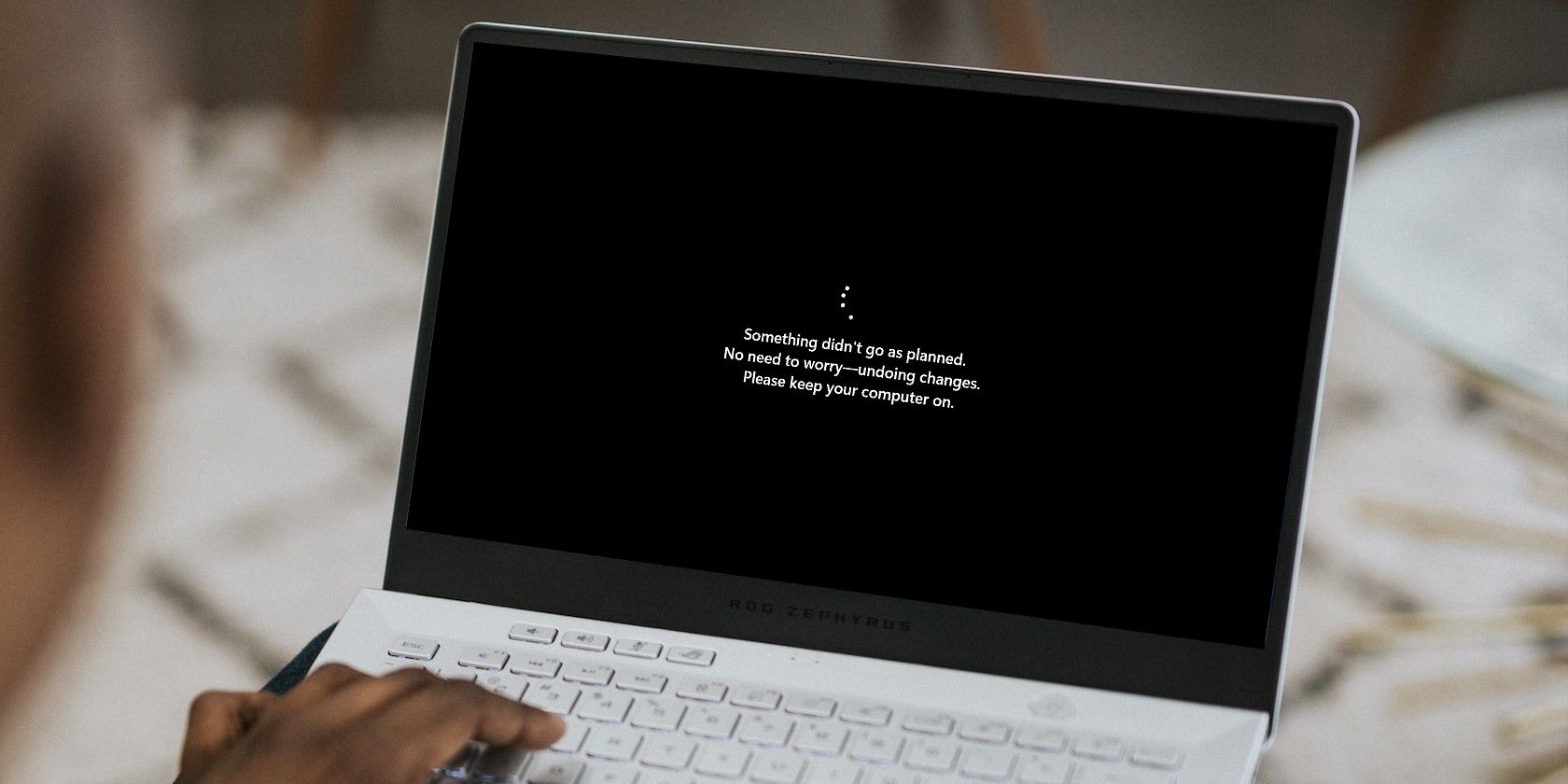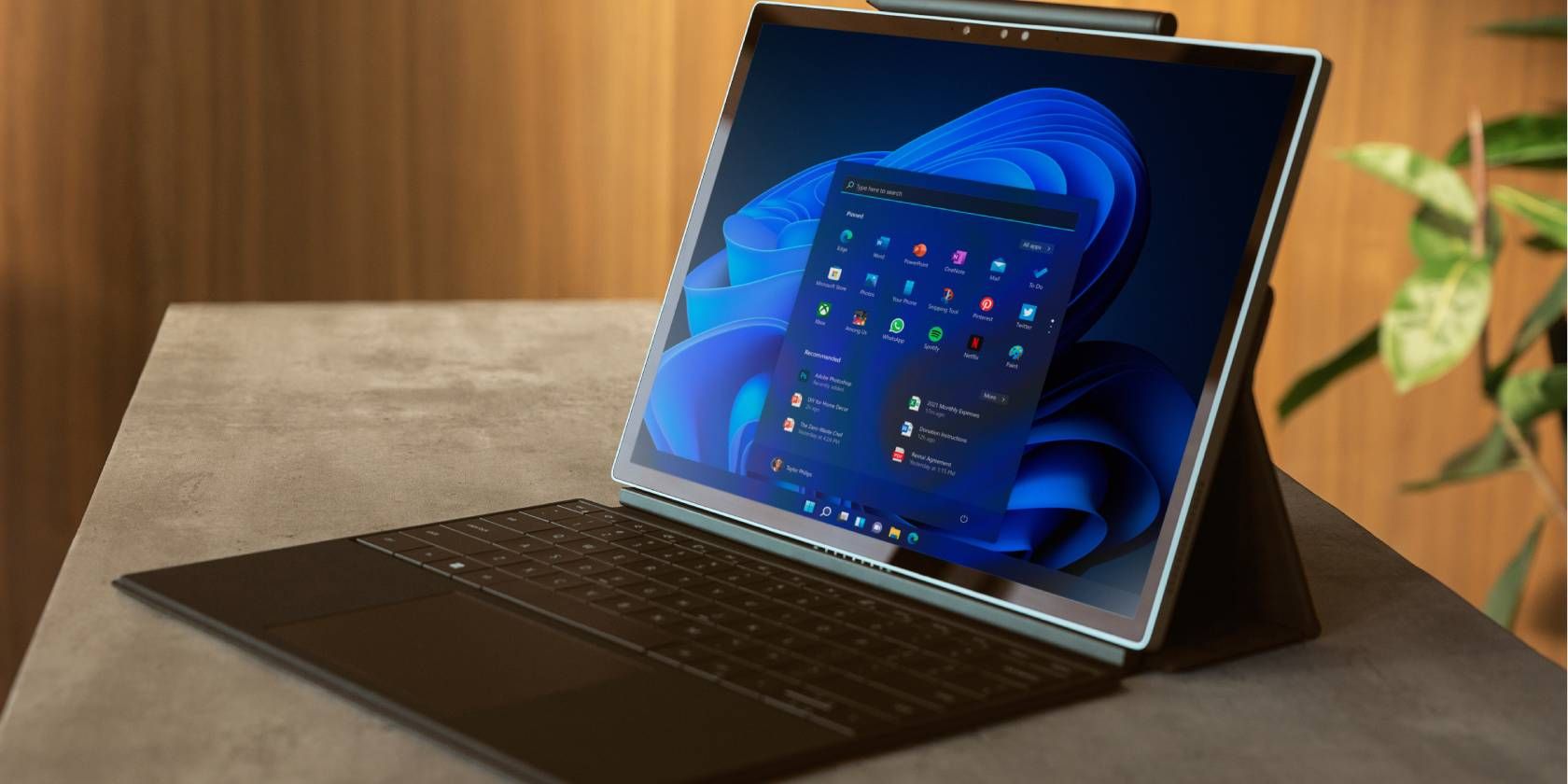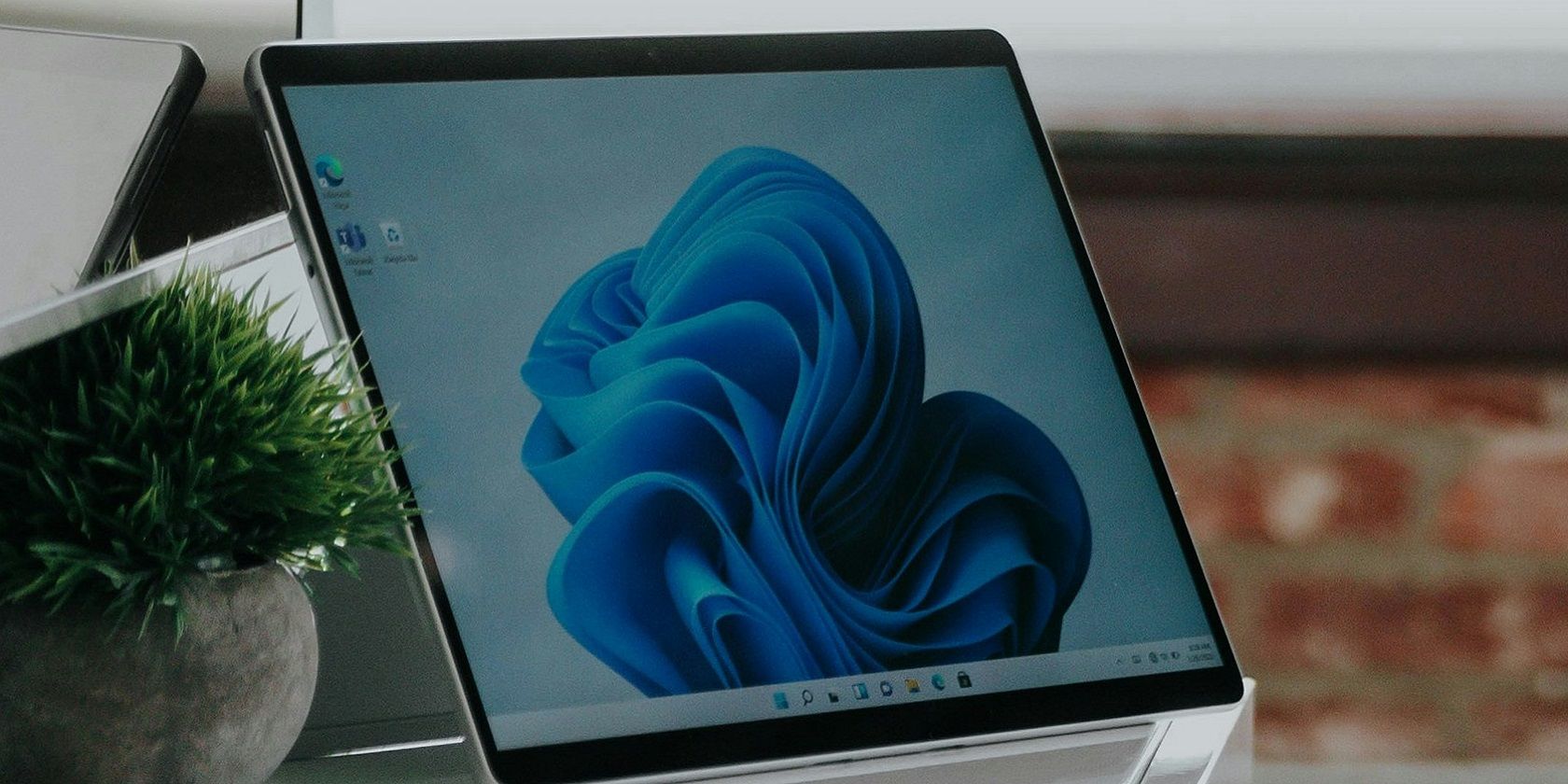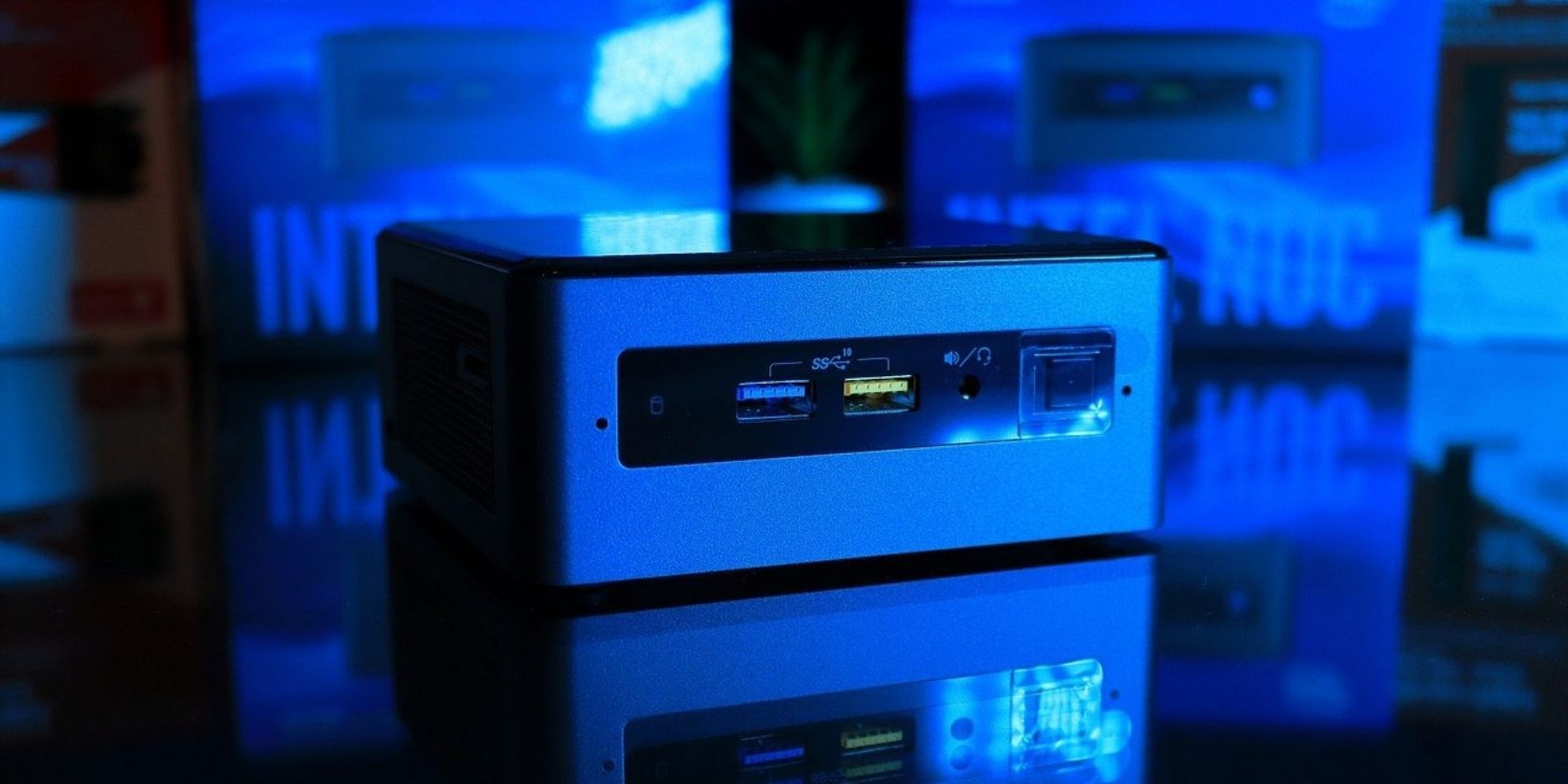
Running On Windows 10 After Skipping 11 Upgrade

Running On Windows 10 After Skipping 11 Upgrade
Disclaimer: This post includes affiliate links
If you click on a link and make a purchase, I may receive a commission at no extra cost to you.
Quick Links
Key Takeaways
- Windows 10 will no longer receive updates, including security patches, after its end-of-life in October 2025. This will drive people to upgrade to Windows 11.
- A report estimates that some 240 million Windows 10 PCs could end up in landfills after the OS’s end-of-life date.
- Alternatives for old Windows 10 PCs that can’t upgrade to Windows 11 include paying for extended support, bypassing Windows 11 requirements, trying Linux or ChromeOS Flex, or repurposing the PC for creative projects.
With Windows 10’s end-of-life date arriving on October 14, 2025, the topic of what to do with old PCs is increasingly important. The easy answer is to upgrade to Windows 11, but what if you can’t upgrade? Is sticking with Windows 10 the answer?
Why Would People Throw Away a Windows 10 PC?
Canalys posted a report on the state of Windows 10 PCs in December 2023. In the report, an analyst predicts that 240 million Windows 10 machines will end up in a landfill after the end-of-life date arrives. We already have a big issue with e-waste, and the report claims it’s only going to get worse as people begin to throw out their old computers.
But why would people throw away perfectly good machines running Windows 10?
Lack of Updates Past the End-of-Life Period

People can’t stick with Windows 10 forever because its support has a planned end. When this comes around, Windows 10 will stop receiving any updates from Microsoft. This isn’t just new features and bug fixes; it includes security patches too.
If any big vulnerabilities are found in Windows 10 after the end-of-life date, Microsoft won’t fix them (perhaps unless they’re really bad). This, in itself, will drive people to get off Windows 10 and upgrade to Windows 11. Unfortunately, upgrading to Windows 11 isn’t possible for everyone.
Windows 11’s Strict Hardware Requirements

Some people haven’t upgraded to Windows 11 because Microsoft won’t let them. If you open Windows Update, it will tell you whether or not you can upgrade to Windows 11.
If this checker deems that your PC is too old to run Windows 11, it won’t allow you to install the newer operating system. Upgrading your hardware can help get your PC over the line, but if your system is beginning to show its age, you may need to upgrade so much hardware that you’re better off buying a new machine.
How to Give Your Windows 10 PC a New Life
So what can you do with a Windows 10 computer that can’t upgrade to Windows 11, but you don’t want to throw out because it’s perfectly good hardware? Fortunately, there are plenty of ways you can save your Windows 10 PC from becoming part of a landfill.
1. Pay for Windows 10 Support

While not ideal, you can pay for additional Windows 10 support time . At the time of writing, we don’t know how much it will cost, but it will be a yearly fee that extends your protection until 2028. Microsoft will then publish security patches for severe exploits.
Given how the paid support will also expire eventually, this plan is best if you just need to, quite literally, buy some time until you can get a new computer that supports Windows 11.
2. Bypass Windows 11’s System Requirements

Alternatively, you can bypass Windows 11’s system requirements . This skips Windows 11’s hardware checks and allows you to install it on any PC you like.
This solution is also unideal, as Microsoft assumes that all PCs running Windows 11 meet the system requirements. As such, you may notice that Windows 11 runs slower than Windows 10, and some features may not work properly for you. However, it’s still arguably safer than using Windows 10 past the end-of-life date.
3. Try Linux or ChromeOS Flex

The term “Linux” is enough to make any Windows fan wince, but things have changed over the years. While it was true that using Linux a decade or two ago was a major learning curve for those who use Windows, modern-day Linux distros are a lot more user-friendly. Best of all, there are plenty of lightweight Linux distros that run on old PCs .
If picking a Linux distro isn’t ideal, you can try ChromeOS Flex . This is similar to turning your PC into a Chromebook running ChromeOS, with a few differences.
We’ve covered these options in more detail in our guide to reviving an old PC without Windows .
4. Turn It Into a Creative Project

Alternatively, you can take the Windows 10 machine off the internet so that attackers can’t breach it. Once it’s off the grid, you can then turn the computer into a creative project that continues to serve you even after you get a new PC. Check out unique creative projects to reuse an old PC for more information.
As drastic as 240 million PCs going to landfill sounds, you are still the master of what happens to your machine once Windows 10’s end-of-life date hits. And while it may be tempting to throw it away and get a new computer, you can put that hardware to good use with all kinds of alternative methods.
Also read:
- [Updated] 2024 Approved Maximize Page Reach on Facebook
- [Updated] Reduce Audio Noise in Video Recording [Free and Paid] for 2024
- Deciding on Live Stream XSplit or OBS Pros and Cons
- Elite Forecasting Apps for the Modern Windows User
- Expert Tips: Creating Flexible Extractable Files in Win11
- Fast-Track to Windows 11 App Accessibility
- Fixing Bugs in Bloodhunt: Eliminating Game Crashes and Improving Frame Rate Stability
- ICloud Setup Woes? Fixes for Windows Users Here
- In 2024, Change Location on Yik Yak For your Poco M6 Pro 5G to Enjoy More Fun | Dr.fone
- In 2024, How to Transfer Apps from Poco C65 to Another | Dr.fone
- Super Easy Ways To Deal with HTC U23 Unresponsive Screen | Dr.fone
- Troubleshoot: Unresponsive F-Keys in Windows 11 OS
- Unveil the Synergy: Essential Apps to Enhance Your Windows 11 Life
- Title: Running On Windows 10 After Skipping 11 Upgrade
- Author: David
- Created at : 2024-12-03 22:46:15
- Updated at : 2024-12-07 11:14:42
- Link: https://win11.techidaily.com/running-on-windows-10-after-skipping-11-upgrade/
- License: This work is licensed under CC BY-NC-SA 4.0.